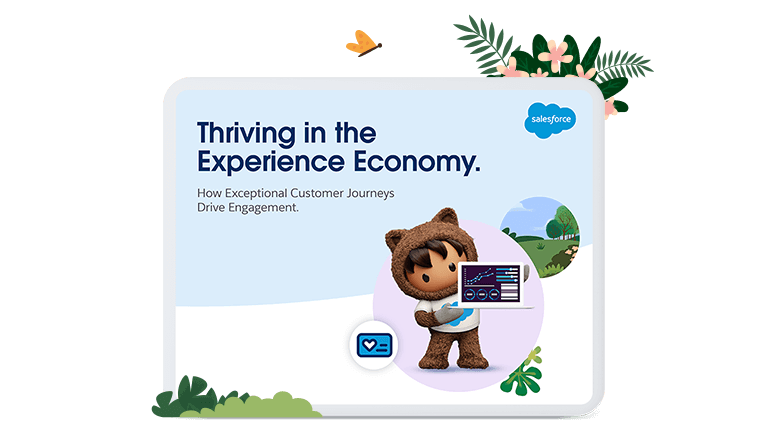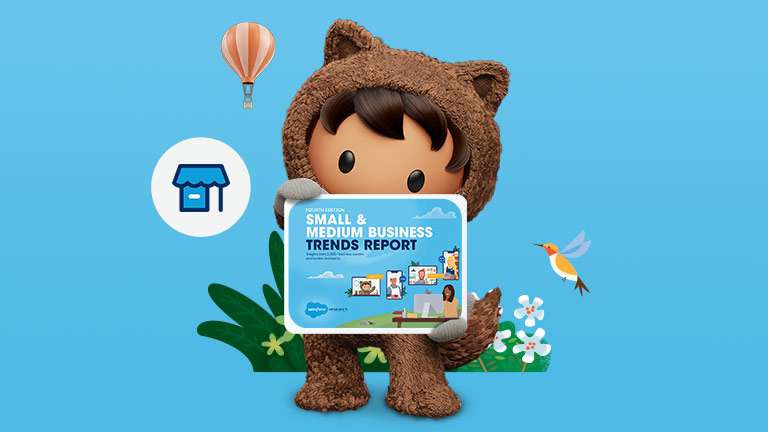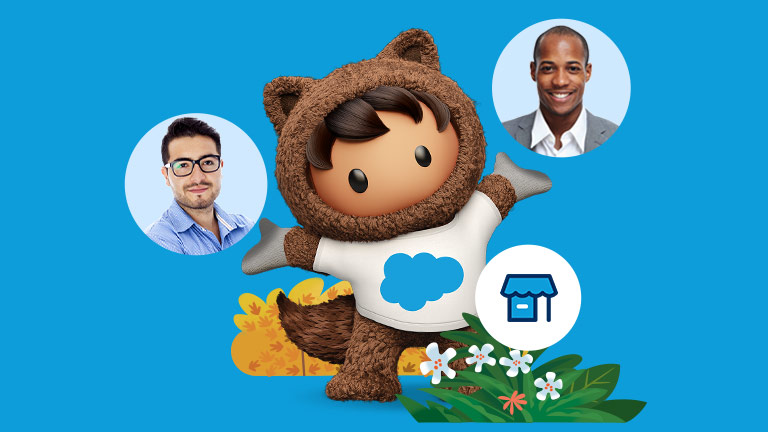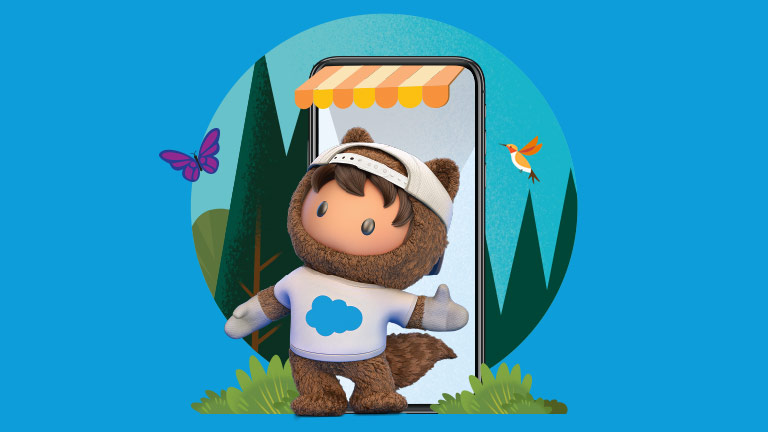The B2B customer journey has changed. Today’s B2B buyer expects the same great, consumer-like experience that they receive in their personal lives. In other words, they want data-driven, personalised service across channels. With this is mind, many organisations are focusing on reimagining their B2B customer journey and turning it into a differentiator.
But how do you know if the B2B customer experience you’re offering is just OK, or if it’s exceptional? And how can you transform your B2B customer journey to make it a smoother, more efficient road towards closing more deals?
The answer starts with creating a map.
The importance of offering a great B2B customer journey
Today’s B2B buyer tends to be younger and more digital savvy than previous generations of buyers. They tend to spend more time online, reading reviews and researching products before ever even seeking out a supplier. Often, they’ll know exactly what they want by the time they click through to your website. This means that businesses need to re-evaluate the traditional sales funnel, and where the B2B buyer might enter it.
Buyers are also having to deal with complex buying processes, often needing approval from multiple stakeholders with differing concerns. This can lead to a somewhat chaotic buying experience, but by offering an easy, efficient B2B customer journey, you can keep the buyer on a logical path towards purchase. By creating a good B2B customer experience, businesses can offer the right content at the right stages of the funnel, helping to reduce costs and simplify the sales cycle. A smooth B2B experience without any bottlenecks can also improve the employee experience and drive productivity.
What is a customer journey map?
A customer journey map is an illustration of the steps your customer takes when purchasing a product. The typical B2B buyer will move through various stages, which usually look something like: 1) Awareness. 2) Consideration. 3) Purchase. 4) Service. 5) Advocacy.
Within each step will be multiple actions that the buyer can take – and multiple places where you can add value to their experience. By creating a customer journey map, you’ll have a visual representation of the buyer’s path towards purchase, enabling you to see how to optimise each step of the process and create a better sales plan.
10 steps for mapping your B2B customer journey
Build your buyer personas. A buyer persona is a fictional representation of a certain type of customer based on data and research in your customer base. It’s helpful to create different buyer personas based on age, location, job title, etc., so that you can view your customer experience through the eyes of different demographics.
Lock down the goals of your different buyers. Different buyers will have different goals and pain points and respond to different content, so you’ll want to make sure that your B2B customer journey accommodates all types of customers. Look at it through the eyes of buyers with different goals. Does it provide a clear path for achieving those goals easily and efficiently?
Create a flowchart. A flowchart will enable you to see all the actions a buyer has to take, from awareness to purchase. If you’re seeing a mountain of actions accumulating under a certain stage of the journey, you may have an issue. Can it be made more efficient? You can compare this flowchart to your quantitative data (see step 9) to see where in the journey buyers may be dropping out, and comparing it to what actions they’re being asked to take at that stage.
Examine your touchpoints. Doing an audit on your different touchpoints will help you make sure that they’re all optimised and can offer clear ‘rails’ that guide the buyer towards their goal. Are you using data to provide next-level customer experiences? Are you providing an omnichannel journey? You can also make sure that channels such as social media are being used to their full potential, or whether they can be improved to better target various personas.
Note any bottlenecks or pain points. At this point, you’ve evaluated your B2B customer journey from the POV of different buyers, so you’ll have a pretty good idea about how well it’s performing. You’ll also have an idea of where the experience wasn’t optimal. Note these problem areas so that you can improve them in step 10.
See where you can add value to the buyer experience. When mapping your customer journey, go beyond just looking for bottlenecks and problems. Look for opportunities, as well. For example, is there anywhere where chatbots could improve the experience? Are there any points that provide good opportunities for upselling or cross-selling? Are there places where you can differentiate your brand?
Ask the workforce for feedback. Your reps are in contact with buyers daily, so they’re likely to understand the challenges they face. Perhaps your teams have suggestions for improvements, or even for how you can capitalise on new opportunities. Ask the workforce if there are any recurring pain points or productivity killers they encounter, and whether buyers have noted any problems with the customer journey.
Examine feedback from surveys. Once you’ve seen the B2B customer journey through the eyes of different personas and your workforce, turn to customer feedback to see where you can improve. You’ll want to look beyond the direct buyer, and consider feedback from the end users of your products or services, IT and service teams, procurement teams and partners, such as integrators or consultants. They may all have useful insights into improving your B2B customer experience.
Examine quantitative data from analytics. Your buyer can tell you a lot about your journey – but so can your data. Review your analytics to see if your funnel is functioning like you expect it to. Look for problem points, where buyers seem to either stagnate or leave the journey all together. Look for where customers seem to be most engaged. Your data can tell you things about customer behaviour that might not be apparent even to the buyers themselves.
Add emotional moments that drive loyalty. At this point, you’ll have a good understanding of both your qualitative and your quantitative data. You’ll know what you need to do to optimise your B2B customer experience at every stage of the journey. And you’ll understand the concerns of both the workforce and the buyer, helping you craft experiences that empower both. Now, look at your customer journey map and see if there are places where you can add moments that ‘humanise’ the experience and drive loyalty. For example, these might come in the ‘advocacy’ stage, where you can introduce incentives or a next-level rewards programme.
Is your digital toolkit ready to go?
By knowing where your buyer comes into contact with your business, both online and offline, you can use those opportunities to build better relationships. And by gaining a deeper understanding of your buyer, you can provide the personal experiences they’ve come to expect.
You can use Einstein to automate mundane processes and deliver more relevant customer experiences. And Sales Cloud can help you centralise data, log interactions, gain revenue intelligence and empower sales professionals with deep customer insights.
To see how to create customer experiences that increase ROI and drive long-term loyalty, check out our eBook, Thriving in the Experience Economy.







